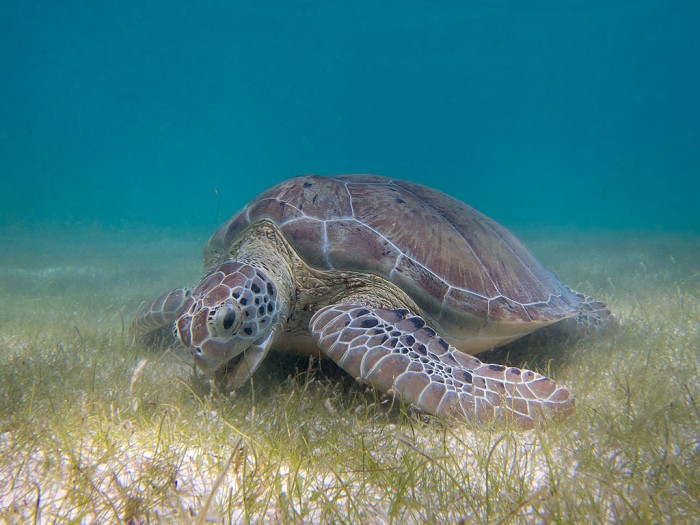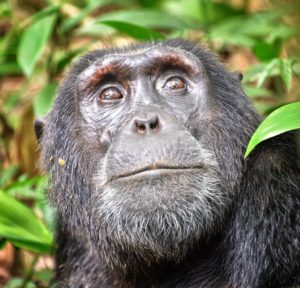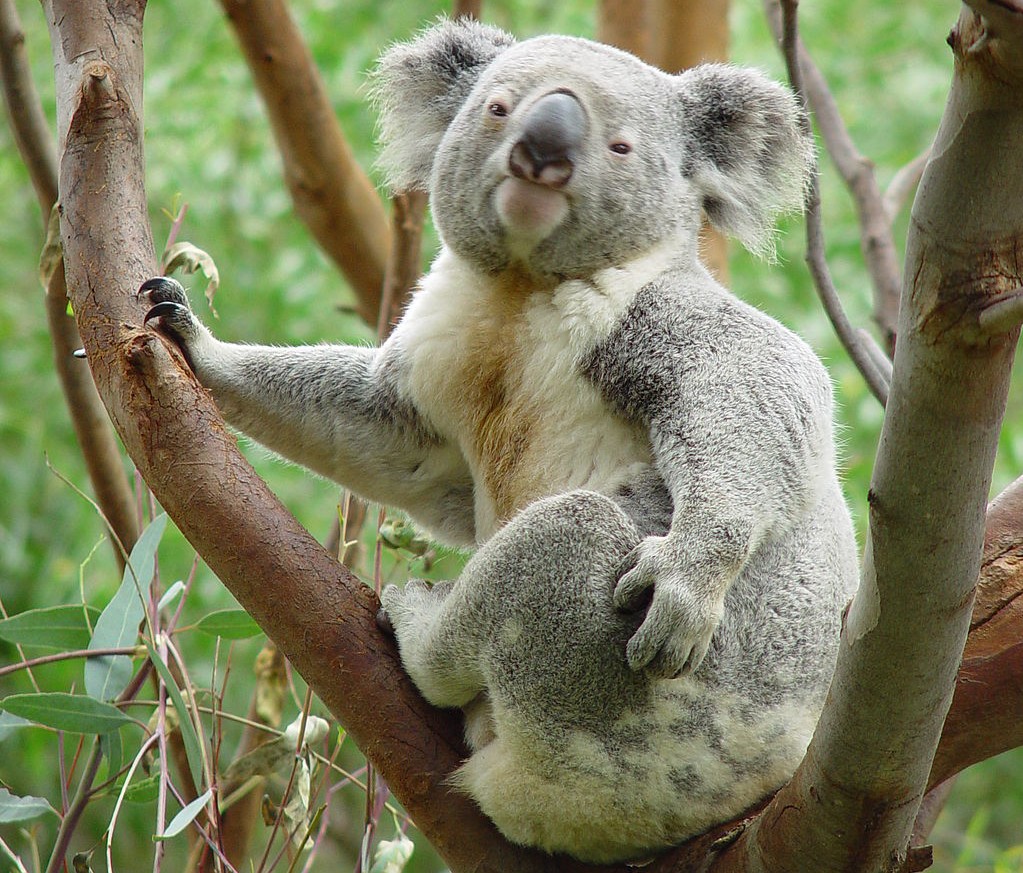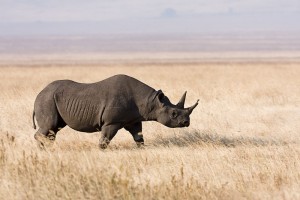Tracking Turtles with Telemetry
A new model has been created that can forecast the location of critically endangered Eastern Pacific leatherback turtles along the coast of Central and South America. This will aid efforts to decrease bycatch mortality.
 Image: By P.Lindgren (Own work) [CC BY-SA 3.0 (http://creativecommons.org/licenses/by-sa/3.0)], via Wikimedia Commons
Image: By P.Lindgren (Own work) [CC BY-SA 3.0 (http://creativecommons.org/licenses/by-sa/3.0)], via Wikimedia Commons Scientists from University of Maryland have developed a unique model in collaboration with the non-profit organisation Upwell Turtles that can predict where Eastern Pacific leatherbacks are most likely to be residing on a monthly basis. The results were published in the journal Ecosphere.
“Upwell was created to address an unmet need in sea turtle conservation: protecting turtles in the ocean, where they spend most of their lives. By engaging new consistencies and improving access to predictive tools, like the South Pacific Turtle Watch, we can reduce the threats turtles face at sea from fisheries interactions,” said Dr. George Shillinger, Executive Director of Upwell Turtles.
A website called South Pacific Turtle Watch will be launched in coordination with this study as an online resource to educate the public on the importance of protecting leatherback turtles and to allow public access to the models predicting Eastern Pacific leatherbacks’ location.
By providing countries connected to this species with this information, scientists hope for a decrease in the accidental capture of Eastern Pacific leatherback turtles by fisheries, a threat that is partially responsible for the species’ 98% decline since the 1980s.
The study’s author Aimee Hoover of the University of Maryland, says: “A lot of managers and government agencies in Central and South America have been asking for something. They know leatherback populations are declining, they know fisheries have a role in it, so they have been thirsty for some information about what they can do so leatherbacks don’t disappear.”
The decline in this leatherback turtle population is not all to blame on fisheries, but the purpose of this study was to produce data to inform potential management strategies to help both turtles and fishermen.
Dr Shillinger explains: “Fishers aren’t targeting leatherbacks and other marine turtle species. Incidental capture of turtles consumes time, damages equipment, and attracts unwanted negative attention. The South Pacific Turtle Watch tool will enable fishers to take proactive measures to reduce their bycatch, potentially reducing the risk of fisheries-turtle interactions within high-use turtle habitats.”
Leatherback turtles, which can live over 45 years, prey exclusively upon gelatinous zooplankton. As such, leatherbacks play an important role as a keystone species in controlling jellyfish populations, which may be increasing as a result of changing climatic conditions and food web alterations from fisheries pressures. Jellyfish are not only important for the diet of these turtles but can damage fishermen’s nets and boats if they are caught in high numbers.
Satellite telemetry technology allows for measurements and data to be collected remotely, which allows these free-moving creatures to be tracked from a distance for years once they are tagged with satellite transmitters. Turtles tagged in Costa Rica, Mexico and Peru were tracked for up to two years during a period spanning over two decades. In total, tracks from 45 different leatherbacks were used in the final analyses of the study.
The model predicts the seasonal route of leatherbacks, who migrate south from their nesting beaches into the South Pacific Gyre and then travel north to warmer temperatures near the equator during the winter, forming a circular pattern. Leatherback turtles are predicted to either travel down along the coast of Central America or travel out to the Pacific Ocean and south.
This statistically advanced model confirms previous tracks that have been developed and allows monthly models to be predicted based on current environmental conditions of leatherbacks’ habitat, such as temperature, upwelling and sea surface height. Upwelling is of particular interest to turtles as it refers to the process of nutrient rich waters being brought to the surface that leads to increased abundance of prey, like gelatinous zooplankton.
It is estimated that less than 1,000 adult females of the species remain, so this tool will be invaluable for their conservation.




Sorry, comments are closed on this post